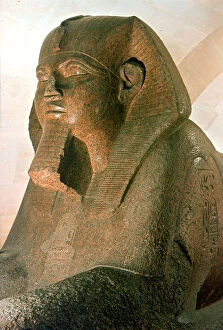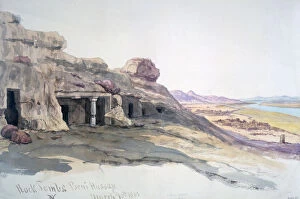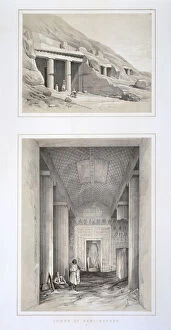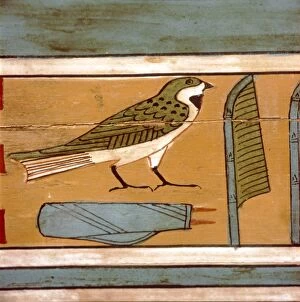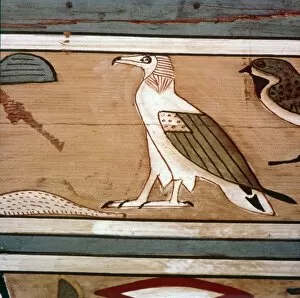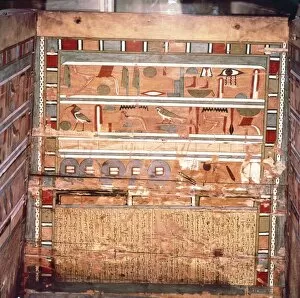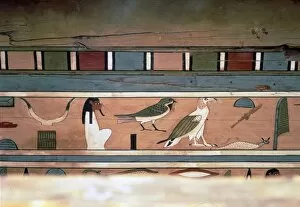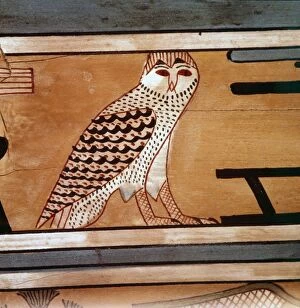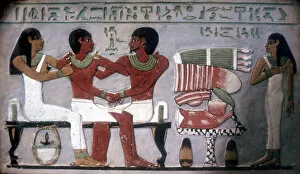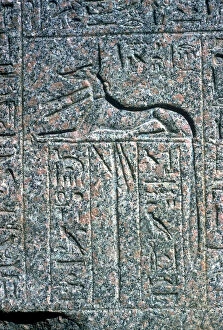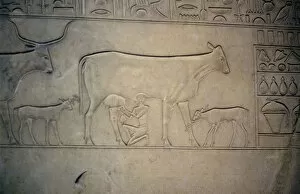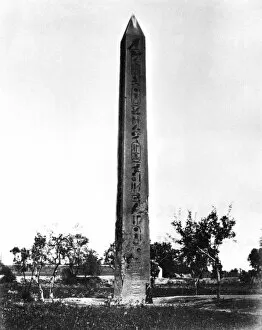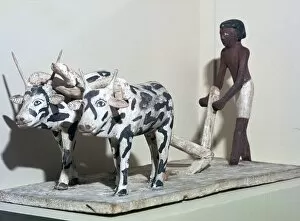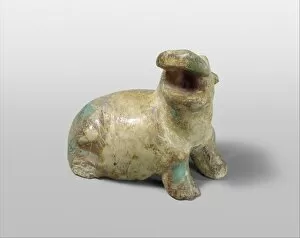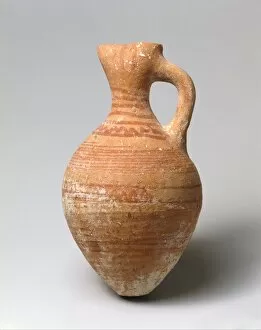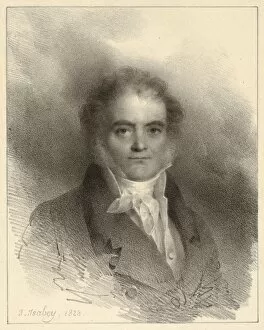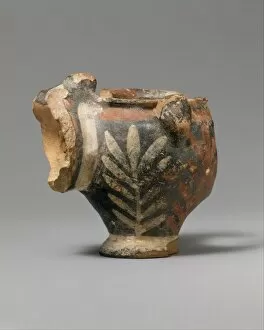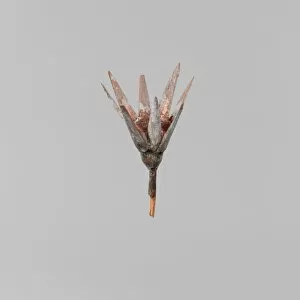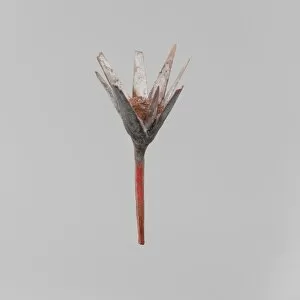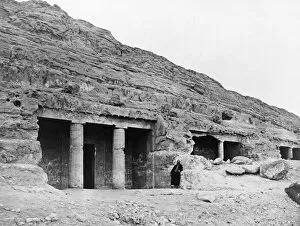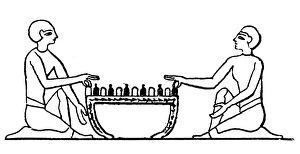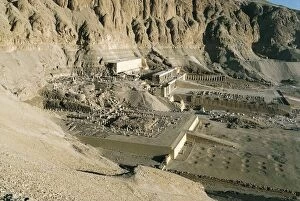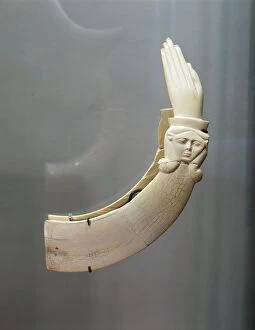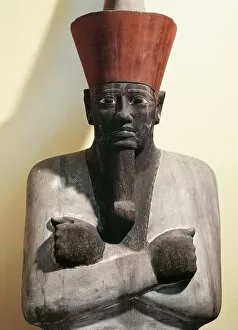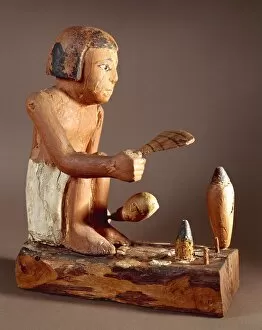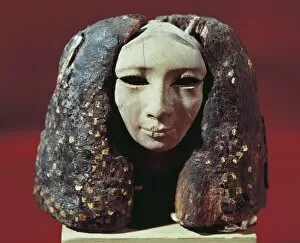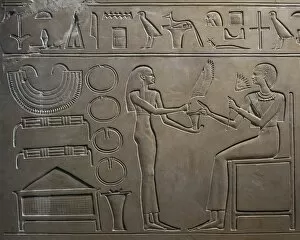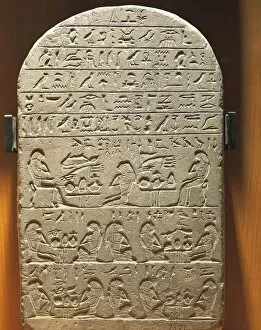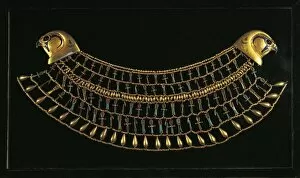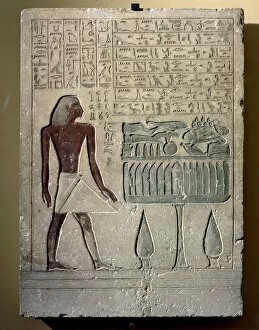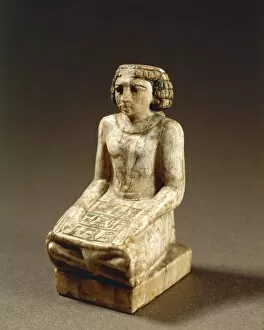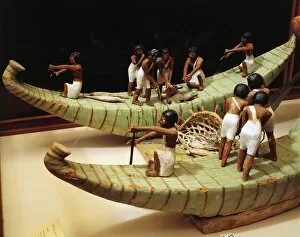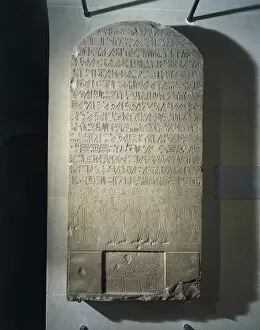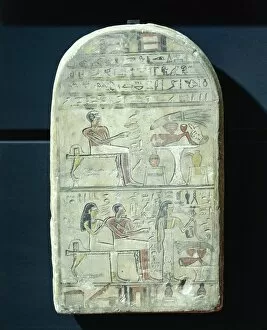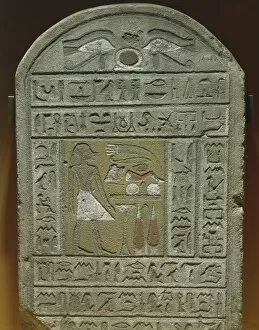Middle Kingdom Collection (#4)
"Exploring the Glorious Middle Kingdom: A Glimpse into Ancient Egyptian Art and Culture" Step back in time to the 12th dynasty of ancient Egypt
For sale as Licensed Images
Choose your image, Select your licence and Download the media
"Exploring the Glorious Middle Kingdom: A Glimpse into Ancient Egyptian Art and Culture" Step back in time to the 12th dynasty of ancient Egypt, as we delve into the captivating world of the Middle Kingdom. This era, ruled by pharaohs like Amenemhat III, witnessed a flourishing period of artistry and innovation that continues to mesmerize us today. One remarkable artifact from this era is the Stela of Amenemhat and Hemet. Carved with intricate hieroglyphics, it offers a glimpse into their lives and beliefs during this prosperous time. Similarly, an amulet depicting a female sphinx showcases the Egyptians' fascination with mythical creatures. The it also saw great reverence for animals. An amulet featuring a hippopotamus head symbolizes protection against dangerous river creatures while highlighting their importance in Nile ecology. Additionally, an exquisite unguent vessel reveals their mastery in pottery craftsmanship. Religious symbolism played a significant role during this period as well. The Eye of Horus (Wedjat) amulet represents healing and restoration—a testament to their belief in divine powers. Another striking piece is a ring adorned with ankh—the symbol for life—reflecting their deep spiritual connection to eternity. Royalty left its mark on this era too; pendant bearing Kheperkare's cartouche pays homage to Sesostris I's reign—an emblematic representation of power and authority. Everyday objects also hold stories within them—like ointment jars used for beauty rituals or ball beads that adorned jewelry during celebrations—a testament to both practicality and aesthetics. Lastly, tools such as mortar and pestle reveal advancements in medicine and cosmetics production—an indication of societal progress even thousands of years ago. Meanwhile, kohl jars highlight ancient Egyptians' love for eye makeup—a timeless fashion statement still embraced today.


